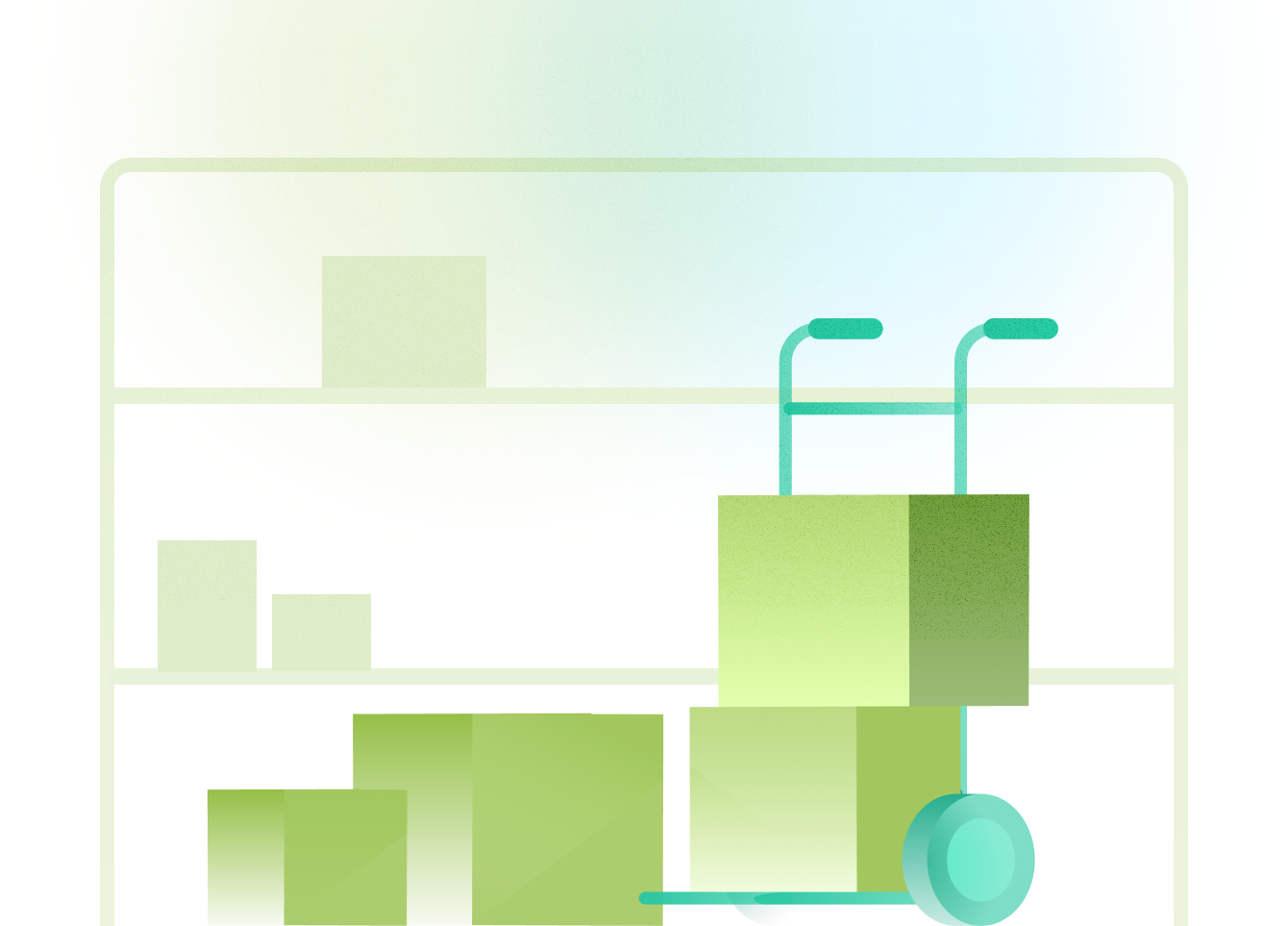Starting your own Shopify store can be as confusing as starting at the blank canvas in front of you. There are many aspects that go into the process, including crafting a strategy, creating a website, and figuring out logistics. It’s fair to say that not knowing everything in the beginning should not be an issue because you can learn things as you go. However, before starting a Shopify store, there are 5 fundamental steps you need to know about it to ensure that the business ends up operating smoothly and growing actively.
5 steps for starting a Shopify store
Shopify is an e-commerce platform for starting, growing, and managing a business.
 More than a million businesses use Shopify in over 175 countries because it makes it possible to share a product/service with users in a convenient and efficient way.
To set up your Shopify store the right way, it’s crucial to carefully complete 5 steps.
More than a million businesses use Shopify in over 175 countries because it makes it possible to share a product/service with users in a convenient and efficient way.
To set up your Shopify store the right way, it’s crucial to carefully complete 5 steps.
1. Choose a target audience
The target audience depicts a group people that are selected as potential customers based on the following criteria: - demographics - location - interests. Plainly selling to anyone on the web will hardly guarantee the excellent results for your business, compared to the growth prospect with a clear target audience. Who is going to buy my product? How old they are? What do they really need right now? - These are the questions that need to be answered to come up with the right pool of future customers.
2. Decide on products
There is not business without the product or service itself. Seasoned entrepreneurs know that a basic offering with an irrelevant price stands no chance in the market. Thinking of what to sell might be difficult. However, it’s better to invest more time into researching it than ending up with quick solutions. A good strategy is to capitalize on emerging trends and be among the first players to capture the novel product/service. Another option is to sell something that already exists but add unique modifications and set a competitive price.
3. Design a site
The next step is heavily concerned with the creative part of the process. A dull website often turns into a major deal-breaker for numerous users. If you have the resources, it’s strategic to invest them into designing a quality site for your business. There are a few things you’ll need to think of in advance:
- the name of your business - a logo design concept - photos you’d like to be included on the website.
Taking these elements into account early on saves time and makes it possible to carry out the launch faster.

4. Figure out shipping
Depending on what you are selling, you might be in need of a shipping strategy. Is it going to be free? What kind of packaging should be selected? There is also an option to go with dropshipping that allows companies to not keep the products in stock and ship to a third-party seller who then fulfils the orders. It’s an efficient model that helps avoid the risk of overstocking and save up on manufacturing/warehousing.
5. Set up an inventory
If dropshipping doesn’t interest you and you choose a classical model instead, you should keep set up an inventory. This way, you will know how much you have left of the product and how much more needs to be produced, by tracking the quantity. A stock keeping unit will be used to mark the items and see where exactly they are located.
 Setting up a Shopify store is both exciting and challenging. Staying focused and completing all the steps in the process facilitates the further growth of your business.
Setting up a Shopify store is both exciting and challenging. Staying focused and completing all the steps in the process facilitates the further growth of your business.




